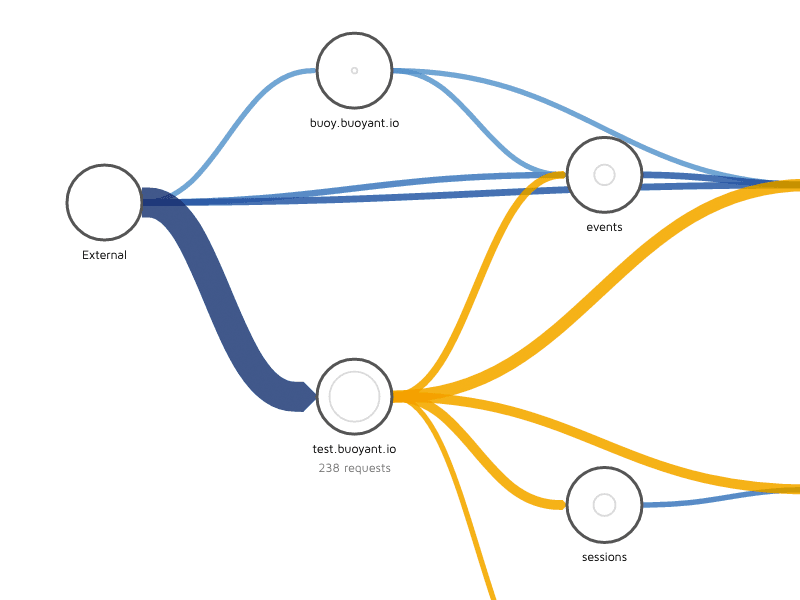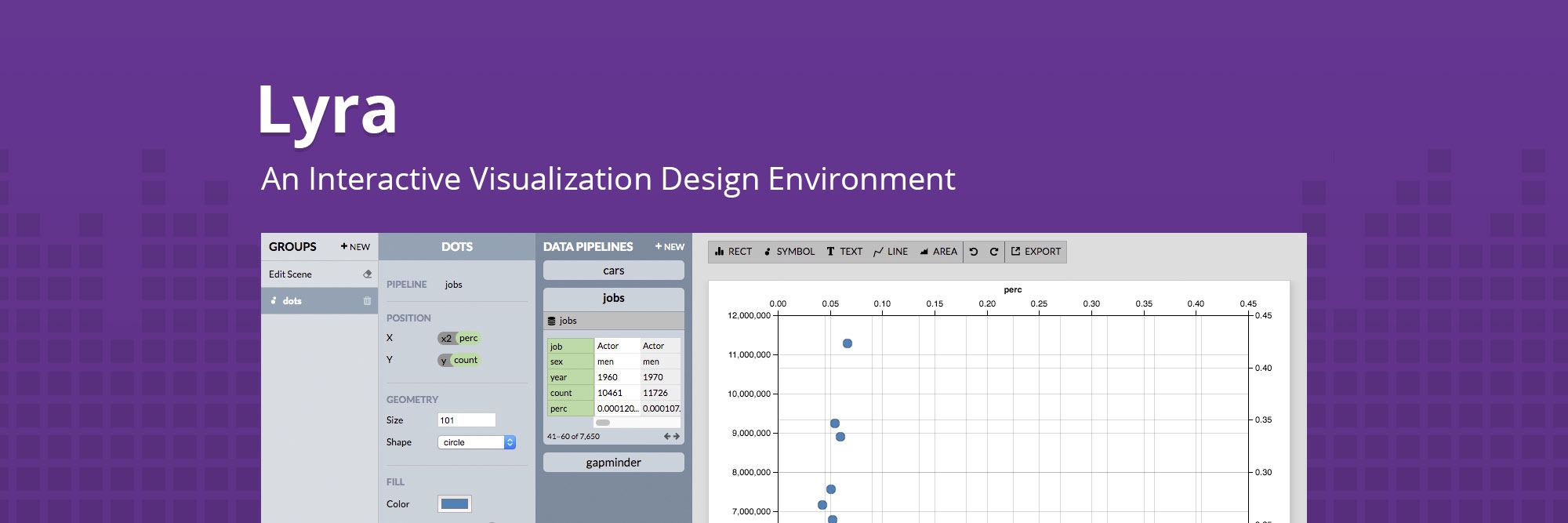
Lyra - Visualization Design Environment
University of Washington Interactive Data Lab
Designing and building a better user experience and technical architecture using React and Redux.
Challenge
Solution
Impact
I really enjoyed working with KAdam and Sue. It was fun to flesh out parts of Lyra with them. I think the code base is in good shape. I feel confident that the things we have in there work the way they are supposed to.
Arvind Satyanarayan
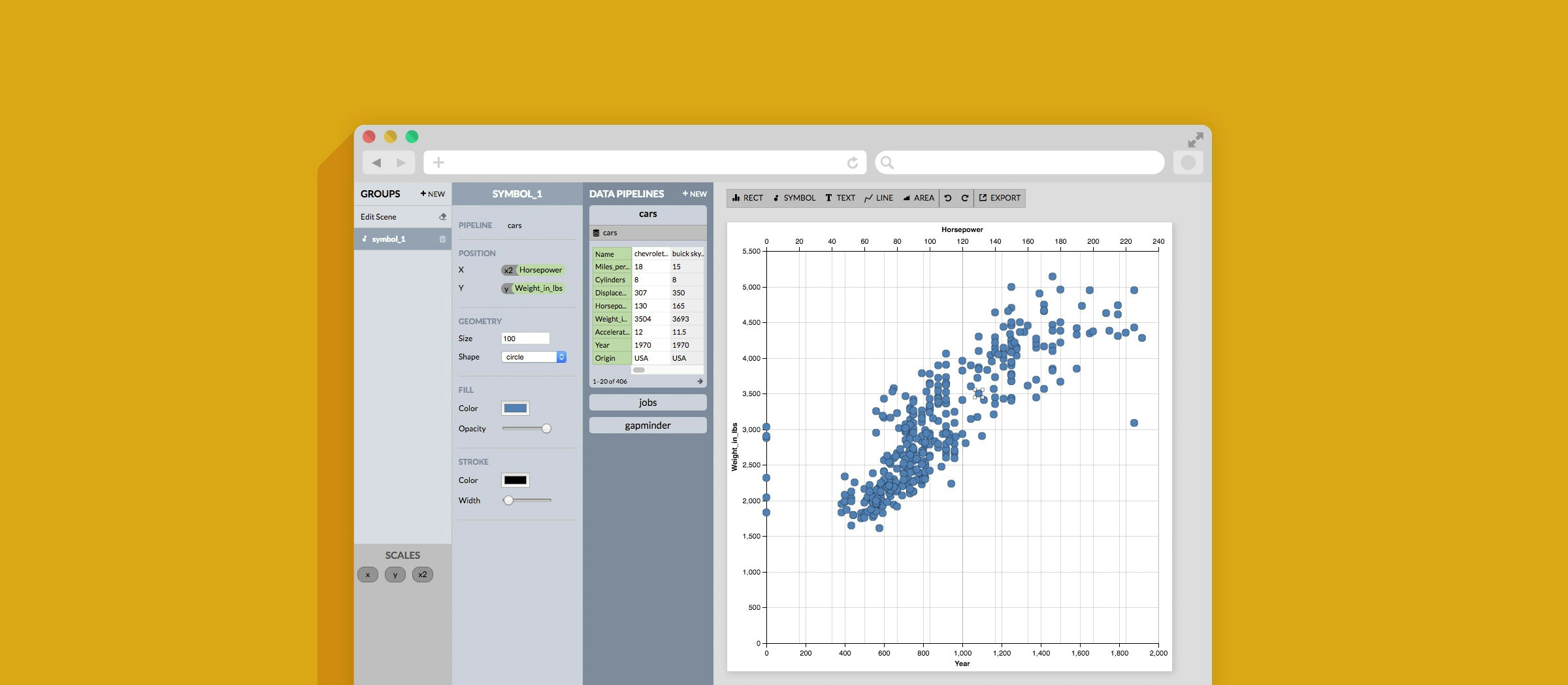

More work like this at Bocoup
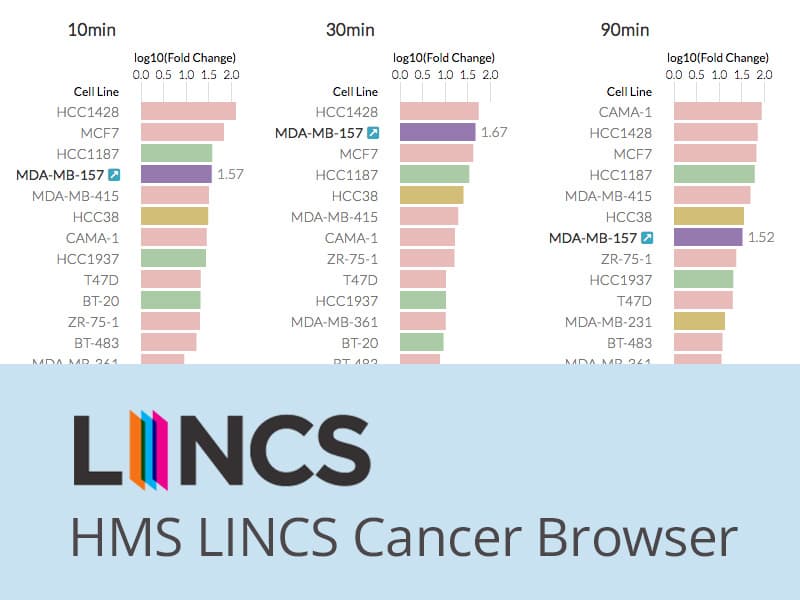
HMS LINCS Breast Cancer Browser
Harvard Medical School
Learn More about HMS LINCS Breast Cancer Browser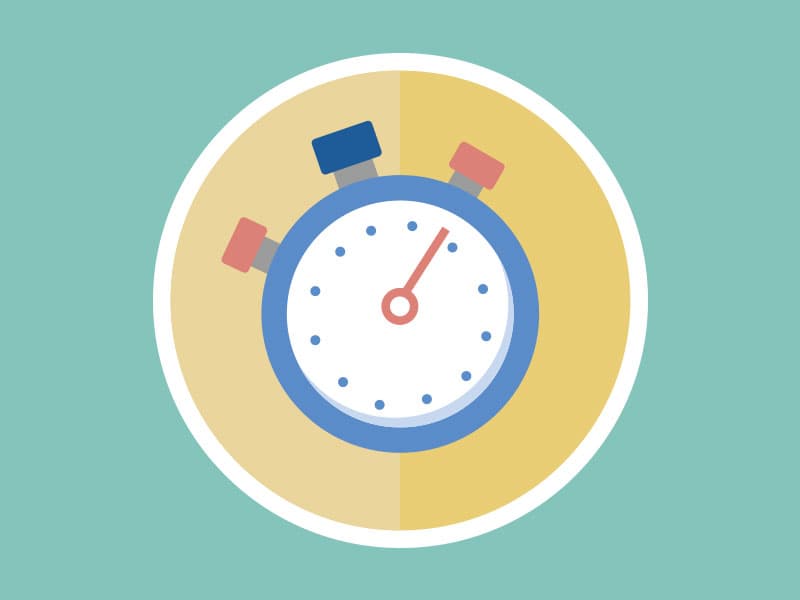
JSI Clinic Efficiency Dashboard
JSI Research & Training Institute
Learn More about JSI Clinic Efficiency DashboardContact Us
We'd love to hear from you. Get in touch!
